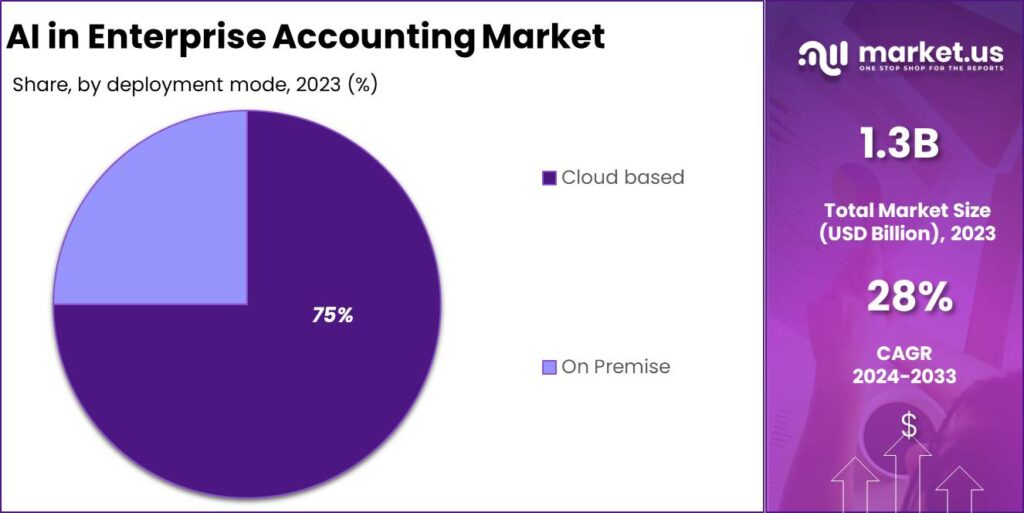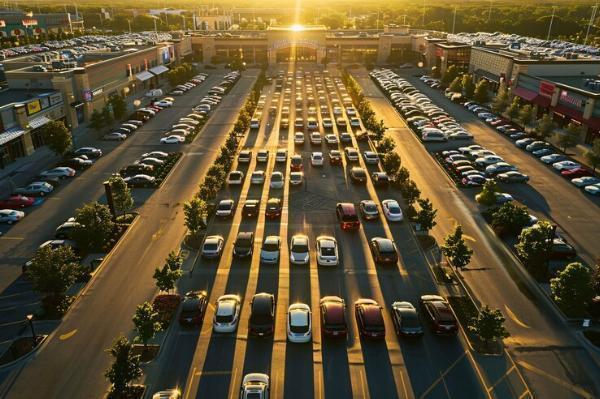Canada Warms Up to Fossil Fuels With New LNG Export Terminal

In March 2024, Canada’s then resource minister, Jonathan Wilkinson, declared, “We are not interested in investing in LNG facilities.” This month, LNG Canada, the country’s first operating export terminal for the fuel, shipped its first cargo. Many believe this is the beginning of a beautiful friendship between Canada’s energy resources and world markets.
The last couple of Canadian federal governments have been vocal opponents of the oil and gas industry in the country that is home to some of the world’s most abundant hydrocarbon resources. For two terms, the Justin Trudeau-led administration worked hard to make life as hard as possible for the companies that exploit those resources by increasing red tape for expansion and tightening emission-related requirements as far as they would go.
This was the context in which Jonathan Wilkinson made his declaration, adding to it the claim that “The government is opposed to using government money to fund inefficient fossil fuel subsidies.”
Instead, said government chose to bet on carbon taxes and supposedly efficient subsidies for things such as EV batteries and EVs themselves—a field where one major Canadian subsidy beneficiary declared bankruptcy earlier this year and others are reconsidering their Canadian growth plans.
While the Canadian government was doing this, the private sector, as advised by Wilkinson, by the way, assessed the business case and made the investments. A group of energy majors led by Shell and also including Malaysia’s Petrobas, Japan’s Mitsubishi, Korea’s Kogas, and PetroChina, got together and built LNG Canada—the country’s first ever LNG export facility that targets specifically the Asian energy market.
There are two big reasons for this choice of market. First and simplest, Canada’s west coast is close to Asia. Geographical proximity means lower transportation costs, leading to a lower end-price. Second, Canadian natural gas is trading more cheaply than U.S. gas right now, which adds to the cost advantage, regardless of earlier claims that Canadian gas was too expensive for exports to make any sense.
Mitsubishi Corporation “strongly believes that further development of LNG Canada is an optimal option to explore,” one senior executive at the company told the Financial Times following the news of the first LNG shipment from Kitimat. The FT included the quote in a report describing Prime Minister Mark Carney’s stated aim of turning Canada into an energy superpower—a marked departure from the Trudeau administration, whose first, second, and third priority was reducing emissions of carbon dioxide, whatever the cost.
Story ContinuesCarney has publicly embraced all forms of energy and packaged his own departure from his earlier fixation on emissions as a response to U.S. President Trump’s tariff offensive, which now offers Canada a chance to develop its energy resources.
As stated by Carney’s energy minister, “President Trump’s tariffs are disrupting trade, threatening Canadian jobs and industries, and rewriting the rules of the game.” Also, “These [LNG] projects are part of our broader strategy to protect Canada’s energy security, diversify our trade, and enhance our long-term competitiveness, all while building the most reliable, low-carbon energy possible,” Tim Hodgson said, as quoted by the FT.
This does seem like a marked departure from past positions for the man who set up as many net-zero financial alliances as he managed to have time for, and who, for all intents and purposes, built a reputation as a most active net-zero champion not only in Canada but globally. And yet, Carney has paused the carbon tax that many Canadians blame for the drop in living standards, he has embraced gas, and he even appears not to be against new pipelines.
That said, not everyone believes that Carney means what he says. The carbon tax, for instance, has only been paused for households but not for companies. Canada is still very much on board with net-zero. But the shift in federal government narrative at the very least might be an indication that some in that government are acknowledging the realities of energy and the fact that oil and gas continue to be very much in demand, despite Mark Carney’s own claim in a 2021 book that “To meet the 1.5C [global warming] target, more than 80 per cent of current fossil fuel reserves (including three-quarters of coal, half of gas, one-third of oil) would need to stay in the ground, stranding these assets.”
Naturally, net-zero advocates claim demand for LNG does not justify more LNG capacity anywhere in the world, with a glut coming due to overcapacity. Serious analysts, meanwhile, point to things like a lack of infrastructure as a challenge for further LNG growth in Canada because it increases costs for new projects. Yet, as usual, it will be the market that will have the final word. If there is enough demand to motivate all these costs—LNG plants are never cheap, anywhere in the world—there will be more LNG export facilities in Canada. Net-zero advocates would just have to swallow that.
By Irina Slav for Oilprice.com
More Top Reads From Oilprice.com:
-
Global Carbon Emissions Reach Record High Despite Green Efforts
-
The Shifting Front Lines of the Ukraine Conflict
-
Renewables Surge Though Geopolitical Shifts Threaten Progress
Read this article on OilPrice.com













